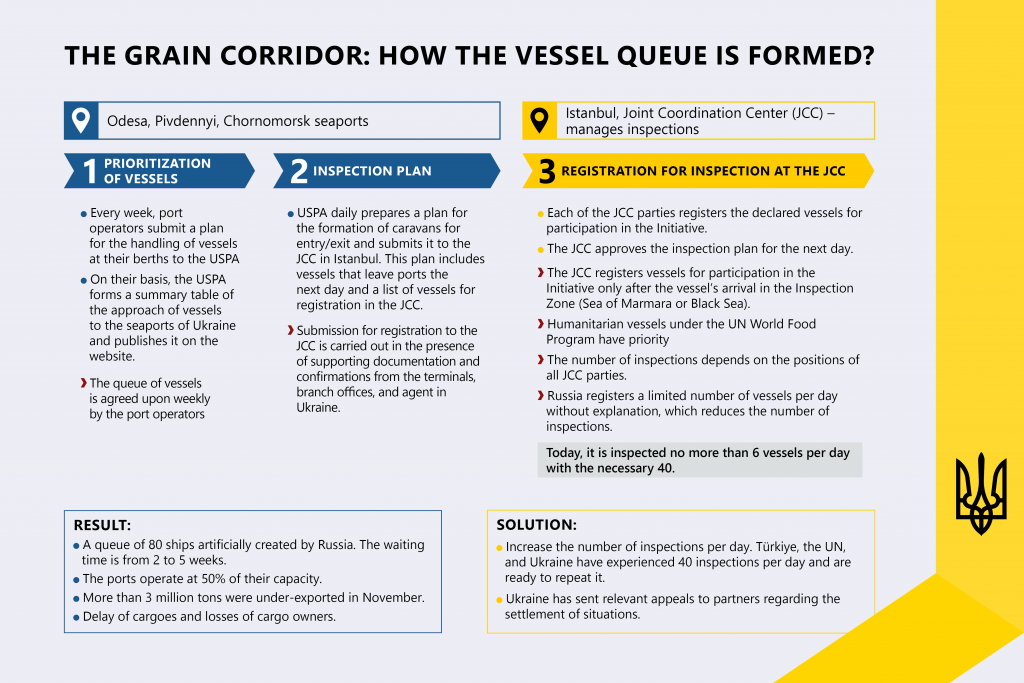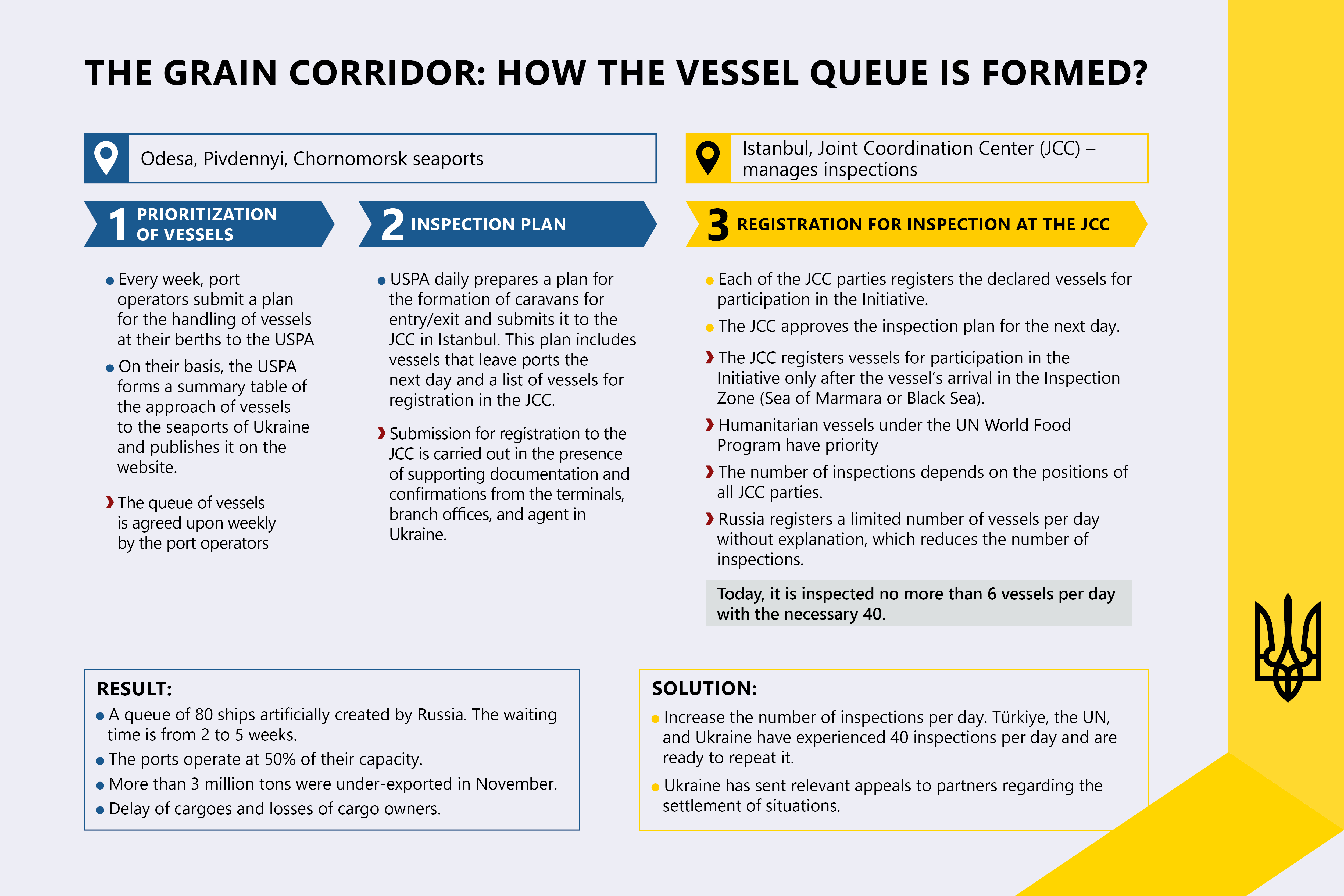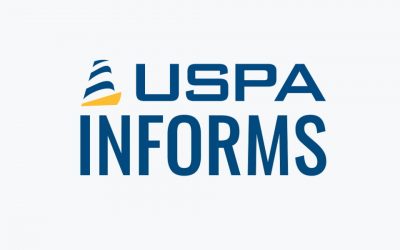“Grain Corridor”: the electronic queue made it possible to optimize and make transparent the planning of vessels’ calling at / leaving the ports of the Big Odesa, but it does not solve the problems of vessels’ inspections in the Bosphorus Strait.
“It was fundamentally important for SE “USPA” to implement a process that would be transparent and understandable for the market. We did that by analogy with the Danube ports – we commenced an electronic queue. But for any of the effective planning tools implemented in the operation of the “Grain Corridor”, the rf has a destructive position. That is exactly what causes delays – when passing control in the Bosphorus, instead of the necessary 24-30 vessels per day (equally distributed for calling at and leaving), on average only 3.5 inbound vessels and 3 outbound vessels are actually inspected. We already faced a queue in the Bosphorus Strait last month with more than 150 vessels forced to wait for more than 30 days. That time the problem was solved together with the UN and Turkey. But today such a tendency is being repeated,” said Oleksii Vostrikov, acting CEO of SE “USPA”.
What do we have today? A queue of 96 vessels, that will continue to grow if the number of inspections per day isn’t increased.
The ports workload is less than 50% and, as a result – the shortfall of 3 million tons of agricultural products was experienced in November by the countries of the world.
Thus, we are explaining in the infographic how the electronic queue in the ports of the Big Odessa works and how the queue for the inspection is formed.

Queue formation schedule.
We have to note that the situation with the rf blocking the operation of the “Grain Corridor” is discussed at daily industry meetings as well as at weekly meetings with agricultural market participants. The only solution is to increase the number of daily inspections. Ukraine has sent a corresponding appeal to the partners of the Initiative – the UN and Turkey.
Operational information regarding the weekly plan for the handling of vessels by port operators and the order of inspections by the JCC could be found on the official SE “USPA” website.






